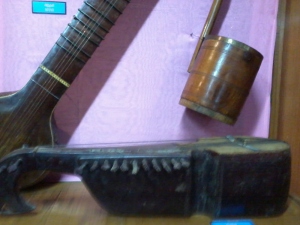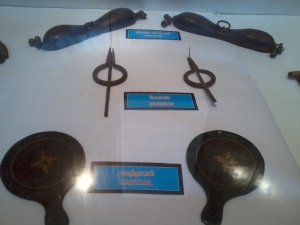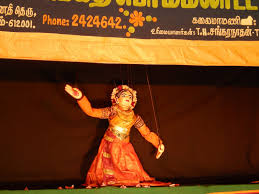This story was published in a national daily – Please click below

Wielding flash lights we walk into open fields that are still swathed in early hour hush and darkness. Two young men, Raja and Sekar of the Irula ethnic community lead us, carrying canvas bags, a crowbar and a scythe. The flash lights help us search for what we have come after and avoid stepping on anything wriggly on our path that might result in agony. We are into an hour of walking and nothing exciting just yet. The day is starting to break and the Irulas have left us behind. Just as our zeal starts to ebb, a meek call from a distance, viola, they have caught a snake !
After the African safari circuit, tiger sighting and an Amazon expedition, a snake-walk has remained unchecked in my wild-wishlist and what better place to do it than in our own ‘wild Chennai’ ! Having long heard about the Irulas and their ability in tracking and handling snakes, now is an opportunity to see them in their elements. Their international foray into Florida swamps to catch pythons drew much attention in the news media early this year.

The first catch of the morning is an Indian Rat snake, which is about 5 feet long and looks beautifully streamlined. We get a short lesson on its characteristics as it is being held by its tail. The Rat snake is pale brown in colour, can grow up to nine feet long and preys on rodents. Known as ‘Sara pambu’ in Tamil, it is non-venomous. On release, the snake vanishes into the bush in a flash.



The first sight gives us a sense of justification for giving up a few hours of sleep this morning and now we are pumped up for more. With the day well awake by now, we walk on across the fields punctuated by bushes and thorny plants. Again, we hear the familiar voice of Raja from afar. The two men walk toward us in their calm demeanor with a catch on hand, and call out in a subdued voice ‘Spectacled Cobra’ – a prize catch indeed ! Cobra is among the big-four of south Asian venomous snakes. With deadly venom as artillery, this one is no pushover and means business with a ‘don’t mess with me’ attitude. With the hood well spread in threatening posture and in typical cobra-stance, the snake surveys around like a filmy action-hero surrounded by gangsters. All the while, he keeps a watch on the handler squatting by. A short lapse of concentration could make the difference between life and death for the Irula men. Now, Raja gently eases his hold on its tail, but the snake holds its ground and doesn’t make a dash to get away as we expect. ‘If I get up, he will run away’ he says. Finally, the Cobra slips back into its fortress, a nearby bush.

The spring is high in our walk yet the men are out of our radar again. Thanks to overnight rains, the breeze is pleasant and the clouds that still float hide the Sun, making the walk far from tiring. We track down the men and find them furiously digging into a burrow, sliding their bare hands in and out periodically to feel for snakes. As the wait stretches, doubts start to creep in and the impulse to move-on grows. Again, the men catch a snake out of thin air, this time it is a Sand Boa. For its proportions it is hard to believe the snake could gulp down a bird like the Nightjar. The snake is easily identifiable by its small head, thick body, pointed tail and lethargic movement. Though slow-moving, the snake constantly looks for an escape route from its captors. After a long look at it, Raja gently places it back at its rat-hole home. ‘When I was younger, I used to walk with family elders into the fields and watch them catch rats and snakes. Now, the acquired skills help us catch snakes for venom-extraction, which is a crucial antidote for snake bites’ he reminisces as we walk further.

We end the morning with one more find, a long and slender creation in the reptile family, a bronze-back tree snake. This has a bronze stripe running from head to tail, found in the open and are arboreal. They are fast-moving and navigate branches with an elegant ease. Aside from Cobra, all the snakes we sight are non-venomous, yet they are often mistaken to be dangerous and killed. An educational outing like this helps dispel the myth about these exceptional creations of nature and also helps understand their role in the overall scheme of things. Snakes keep a check on exploding rodent population and thus help farmers a great deal. Finally, not to forget the fringe attractions along the way of various species of birds, beetles, geckos, scorpions and other critters.

Where to find snakes around Chennai
In spite of the city mushrooming into a concrete-jungle lately, according to MCBT, snake sightings and rescue, both venomous and non-venomous, are constantly reported from Adyar, Vadapalani, KK Nagar to many other parts of the city. Snakes thrive along Cooum river and in Pallikaranai marsh, Guindy National Park, the fields off of the East-coast Road to name a few.
Spectacled or Indian Cobra
Distributed throughout the Indian sub-continent including Pakistan, Sri Lanka, Bangladesh and Nepal but does not occur in high altitudes and desert regions.
Venom Type: Neurotoxic
Characteristics for identification: Easily identified by broad hood and ‘spectacle-mark’ behind the hood. Colour of Spectacled Cobra varies from yellow, brown to darker shades based on geographical areas. Commonly found in dense forests, grasslands, wetlands, human habitation and agricultural lands. Hides in holes, mounds, caves, piles and cracks. Always raise hood on provocation or to threaten its enemy. Grows upto 5.5 feet in length. Scales appear oval-shaped and the belly colouration range from grey, tan, yellow, brown to reddish or even black. Though terrestrial in general, can climb if needed. Wide range of diet include frogs, toads, lizards, rodents, birds, small mammals and other snakes.
It is one among the four deadly venomous snakes occur in our country. Highly revered in mythology and culture and the cobra idol is worshipped in temples across India particularly during Nag Panchami. Hindu gods, Shiva carry one coiled around his neck while Vishnu recline on one with multiple cobra-heads. Snake-charmers with their cobras in wicker-baskets were a common sight until recent years but now the snake is protected under Indian wildlife protection act (1972).
Snakes around Chennai
Non-venomous :
Common Sand Boa
Red sand Boa
Common Vine Snake
Buff-striped Keelback
Checkered Keelback Watersnake
Common Bronzeback Tree Snake
Common wolf Snake
Indian Rat Snake
Venomous :
Spectacled Cobra
Saw Scaled Viper
Russell’s Viper
Common Krait
Resources
a youtube video by MCBT – https://www.youtube.com/watch?v=0aUl-jQsLWs
web-page – Indiansnakes.org
book – Snakes of India by Romulus Whitaker













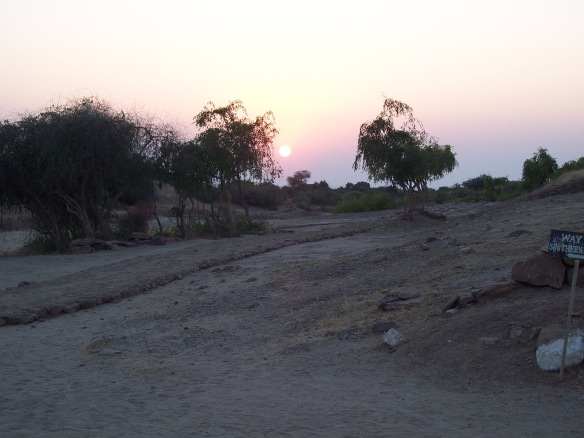








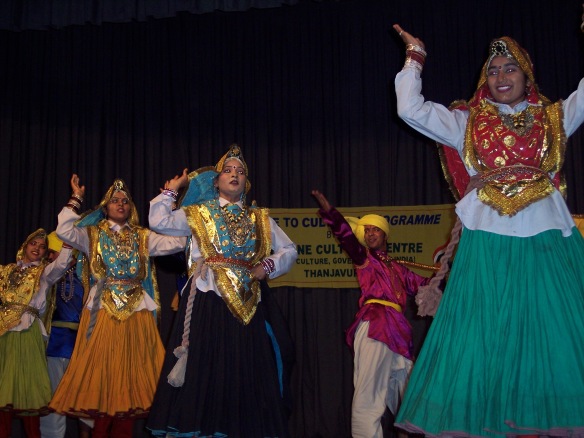


































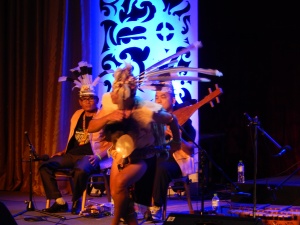



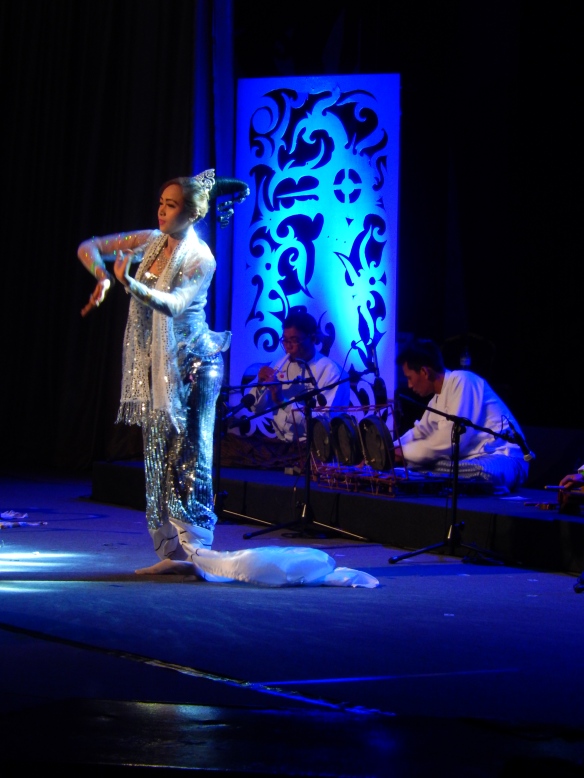



















































































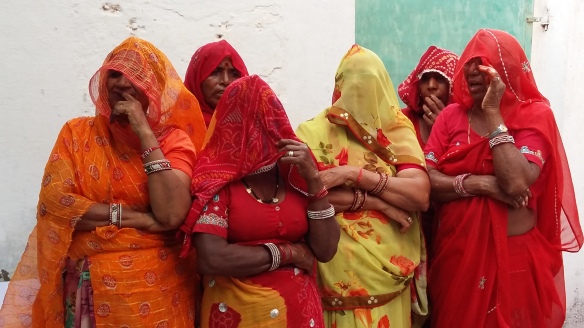















































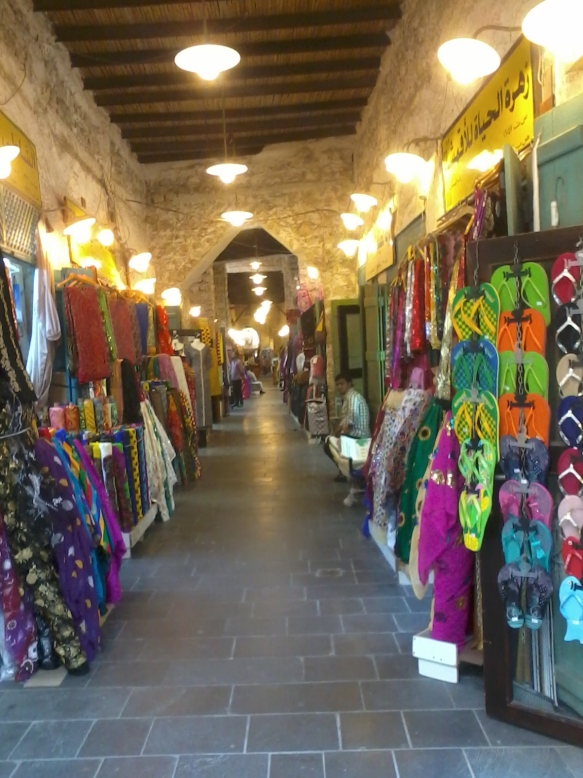


















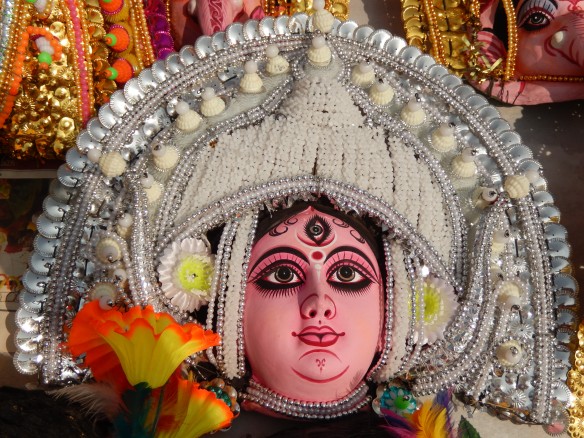 Lately, the usage of the term Sufi in India, be it in music, dance, fine arts, festivals, amongst young and Bollywood, makes one wonder if the term is indeed understood or it is only a fad that sweeps across the country without really getting a sense of what it’s about. I get asked questions when I say going to a Sufi festival, both from within and without India, and from musically inclined contacts – what is Sufi, are Qawwali and Sufi same and so on. Perhaps the association of the great Nusrat Fateh Ali Khan to Bollywood brought about this wave in India, or it is the ‘secular’ India suddenly waking up to a sect of Islam, not sure as I was away from the country and started hearing the term here only on return.
Lately, the usage of the term Sufi in India, be it in music, dance, fine arts, festivals, amongst young and Bollywood, makes one wonder if the term is indeed understood or it is only a fad that sweeps across the country without really getting a sense of what it’s about. I get asked questions when I say going to a Sufi festival, both from within and without India, and from musically inclined contacts – what is Sufi, are Qawwali and Sufi same and so on. Perhaps the association of the great Nusrat Fateh Ali Khan to Bollywood brought about this wave in India, or it is the ‘secular’ India suddenly waking up to a sect of Islam, not sure as I was away from the country and started hearing the term here only on return.














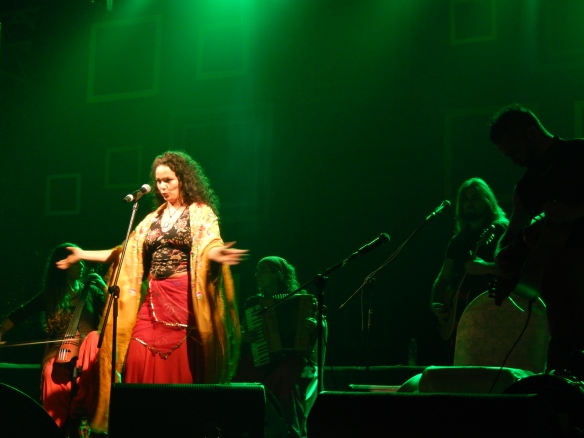






 Come December, the city of Chennai in Southern India resonates with music and dance. What had begun as a festival organised by one or two musically bent groups or Sabhas back in the 1920s, today it has exploded into a matrix of mind-boggling jamboree, thus making it probably the largest and longest running festival in the world – it runs the entire December and percolates well into January. Yet, large part of the world is still unaware of this massive expression of classical art, but the informed ones lap it all up.
Come December, the city of Chennai in Southern India resonates with music and dance. What had begun as a festival organised by one or two musically bent groups or Sabhas back in the 1920s, today it has exploded into a matrix of mind-boggling jamboree, thus making it probably the largest and longest running festival in the world – it runs the entire December and percolates well into January. Yet, large part of the world is still unaware of this massive expression of classical art, but the informed ones lap it all up. 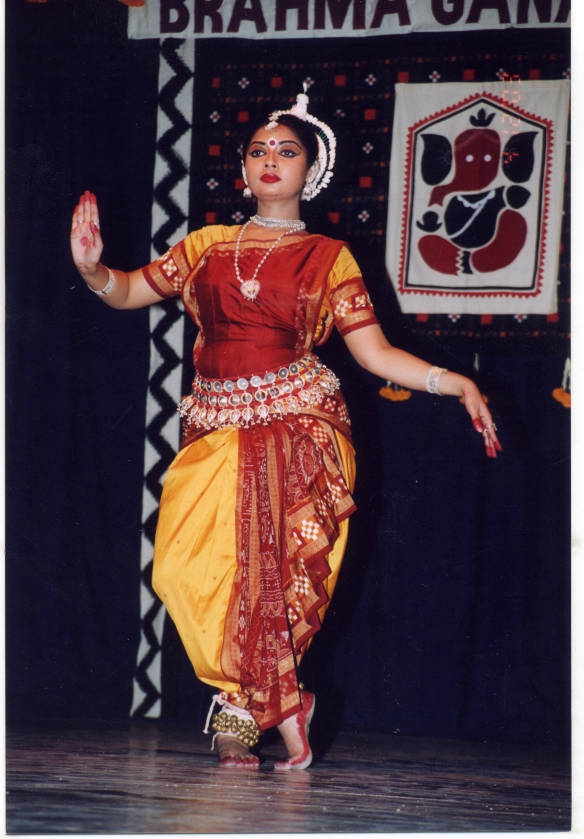 Interestingly, a festival of this magnitude has been happening with not a penny from any government body, but funded entirely through private, corporate sponsorship and the Sabhas.
Interestingly, a festival of this magnitude has been happening with not a penny from any government body, but funded entirely through private, corporate sponsorship and the Sabhas.  A typical festival day lasts about 14 hrs., interspersed with demos and lectures on the subjects and genre. Newbies to established find platform thus blazing the way for new talents to surface.
A typical festival day lasts about 14 hrs., interspersed with demos and lectures on the subjects and genre. Newbies to established find platform thus blazing the way for new talents to surface.  There appears to be no end to the stretch of this festival as the overwhelming response seems to be only on the ascend, year after year.
There appears to be no end to the stretch of this festival as the overwhelming response seems to be only on the ascend, year after year. 

